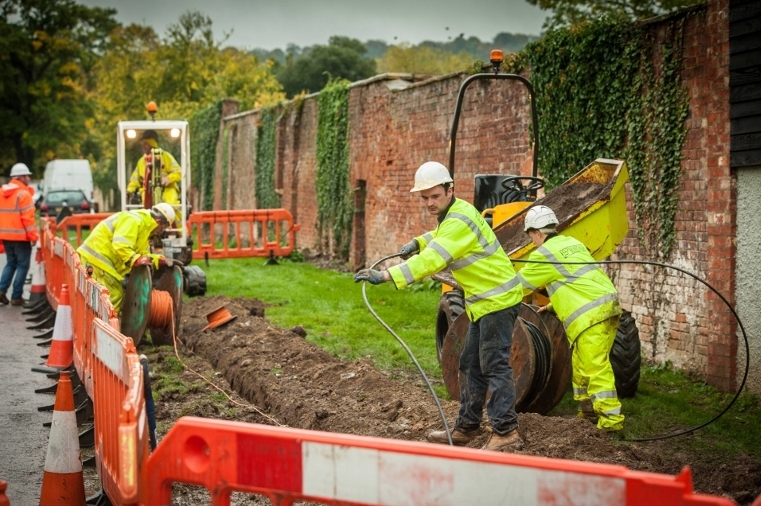FTTC vs FTTP: What do they mean for broadband?
FTTC and FTTP are the two main types of fibre broadband available in the UK.
These two acronyms define how much fibre optic cable is being used in a connection.
Fibre broadband is also known as fibre optic broadband.
FTTC = Fibre to the Cabinet
FTTC means that the fibre cable reaches all the way from your ISP to a green street cabinet near your home.
Your home is then connected to the cabinet through copper telephone lines.
These copper cables aren’t as good at transporting data, so it results in a lower overall speed for your internet.

FTTP = Fibre to the Premises
FTTP stands for Fibre to the Premises, which means the fibre optic cable reaches all the way to your home or business instead of just to the cabinet.
This means that no copper telephone lines are being used anywhere in the connection, making for significantly faster internet speed.
FTTP is currently available very exclusively – only the smaller ’boutique’ broadband firms like Gigaclear and Hyperoptic can offer it.
FTTP has a maximum speed of 1000 megabits or 1Gbps (one gigabit) per second. That’s over 10 times faster than the best FTTC connections.






